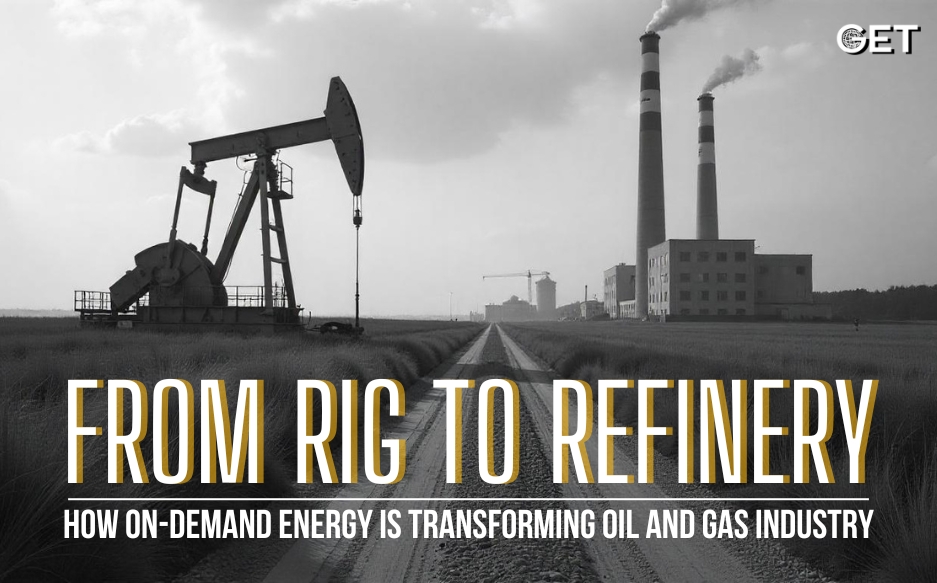
The oil and gas world, especially the upstream oil and gas sector, has always been one tough arena. Moving heavy equipment, managing drilling sites, transporting materials from the rig to the refinery — it’s not just work, it’s a full-scale operation. And now, there’s a big shift happening. It’s called on-demand energy, and trust me, it’s changing the game faster than most people thought.
In the upstream oil and gas industry, where exploration and production are the heartbeats, having reliable and quick energy solutions is no longer a luxury, it’s a real need. Delays in getting energy to a remote rig or a drilling platform could cost millions — and no one’s got time or money to waste like that anymore.
Well, traditional energy setups were slow. You had to set up big, bulky generators, plan way ahead, and hope nothing went wrong. But the oil and gas industry ain’t the same today. Now, companies can tap into on-demand energy services that deliver power exactly when and where it’s needed — no waiting, no mess.
Think about it: A new exploration site pops up in a remote desert or deep offshore. Instead of dragging huge machines and setting up massive plants, teams now get compact, ready-to-go energy units. This is saving a crazy amount of time, cutting down costs, and reducing the heavy lifting that once slowed down projects in the upstream oil and gas field.
With a quick call or even a simple online request, energy providers are sending mobile power units to the site, sometimes in a matter of hours. That’s faster than setting up even basic logistics a few years ago!
In the old days, planning energy logistics meant months of work. Engineers, logistics managers, and supply chain experts had to spend endless hours working out how to power a drilling site. Any small mistake could mean expensive delays.
Now, with on-demand energy, logistics planning has become more flexible. Need more power during peak drilling times? You can scale up fast. Wrapping up a project sooner than expected? You scale down. No need for massive investments in fixed infrastructure that may not even be needed long-term.
This flexibility is a blessing for the upstream oil and gas sector, where unpredictability is almost part of the job.
Let’s say an upstream company discovers a promising offshore site. Traditionally, setting up a platform with enough energy to start drilling could take weeks — maybe even months.
But now, with on-demand energy services, power is deployed almost instantly. Mobile LNG units, battery packs, and portable solar hybrids are showing up on offshore rigs within days. This speed means companies can start exploration faster, complete projects earlier, and move on to the next one without wasting months setting up permanent infrastructure.
In short, they’re drilling smarter — not just harder.
The oil and gas world is dangerous enough without throwing unnecessary risks into the mix. Transporting huge diesel generators, storing tons of fuel onsite, and handling risky setups were normal back then.
Now? Portable, smaller, safer energy solutions lower these risks. Less fuel on-site means fewer fire hazards. Smaller equipment means less chance of accidents during setup.
In the upstream oil and gas industry, where remote locations and harsh environments are common, these safety improvements are a pretty big deal.
Another cool thing? On-demand energy isn’t just fast — it’s greener, too.
Providers are starting to mix renewables like solar, wind, and even hydrogen into their mobile setups. Sure, it’s not full green energy yet (and honestly, it’s gonna take time), but even reducing dependency on diesel a little bit can cut a surprising amount of emissions.
For the oil and gas companies trying to meet stricter environmental rules, this move toward cleaner, flexible energy solutions is a huge bonus. Plus, it’s good PR, and in today’s world, that matters more than ever.
Let’s be real — on-demand energy isn’t a magic wand. It’s not perfect yet. In extreme environments (like Arctic zones or deepwater rigs), even mobile energy solutions face big challenges. Reliability during long-term projects is another concern some companies have.
But guess what? Technology’s improving so fast that what seems impossible today could be a basic service tomorrow. And many major players in the upstream oil and gas sector are investing like crazy to make sure on-demand solutions get even better.
From remote rigs in the middle of nowhere to massive refineries humming along the coast, the oil and gas world is stepping into a new era. Thanks to on-demand energy, logistics are faster, smarter, and just plain better.
For the upstream oil and gas industry, it’s not just about drilling deeper anymore — it’s about powering smarter. Companies that embrace these energy innovations are staying ahead of the curve. Those who don’t? Well, they might find themselves stuck in the past, while the future powers on without ’em.
Read Also- The Future of On-Demand Energy: Trends, Challenges, and Opportunities
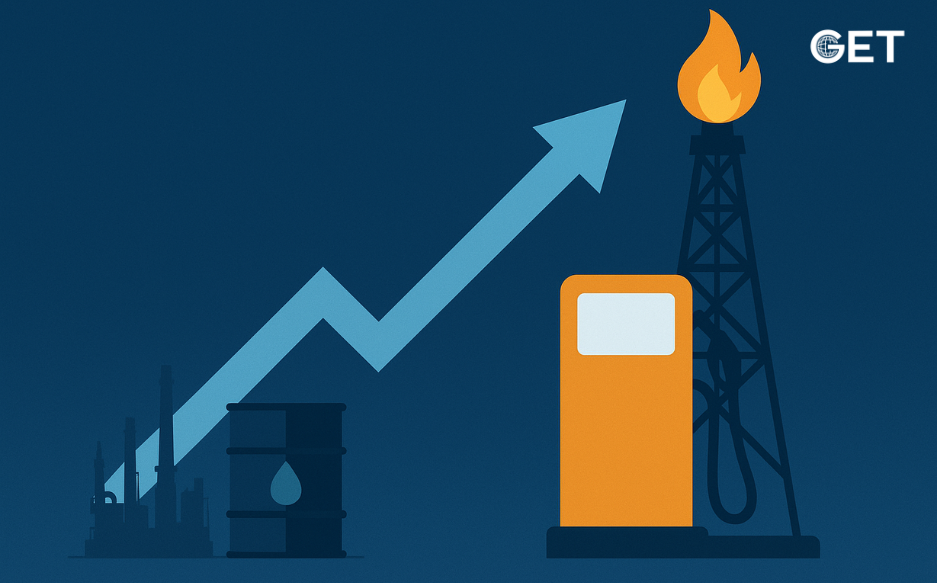
By Get global | December 17, 2025
As the oil and gas industry moves toward 2026, the pressure is no longer coming from one direction. Markets remain volatile. Regulations are tightening. Digital expectations are rising. At the same time, demand for reliable energy has not disappeared. What has changed is how companies respond to this complexity. Many […]
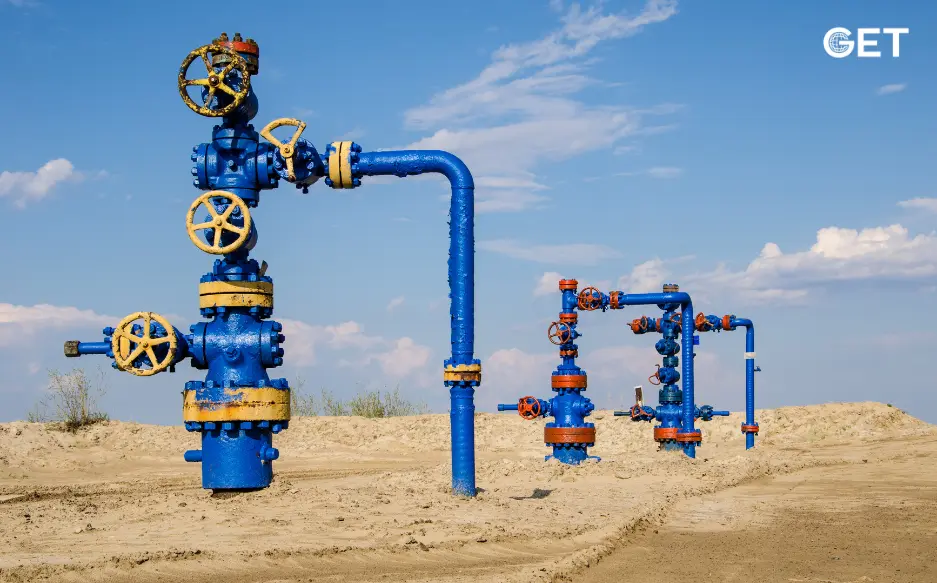
By Get global | December 11, 2025
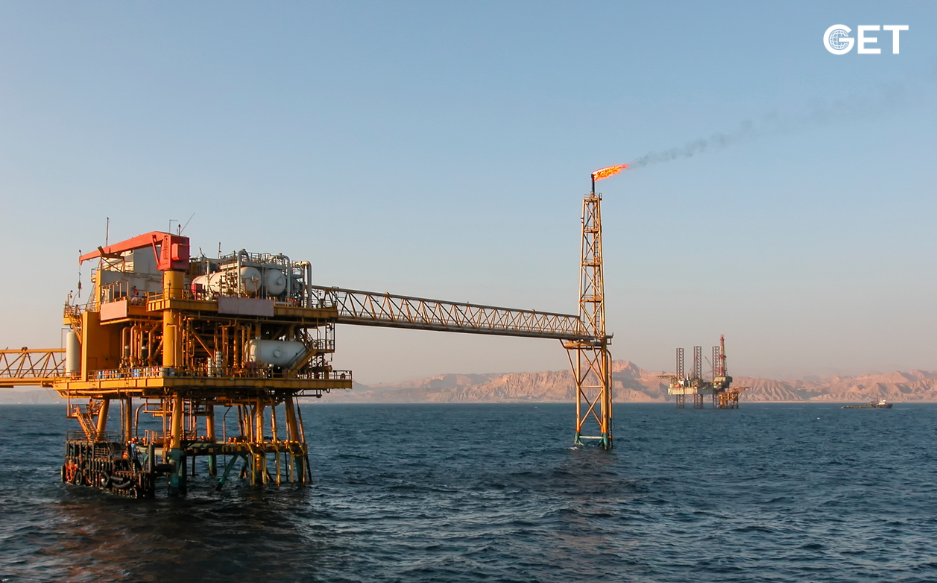
By Get global | December 5, 2025
Turkey’s ambitions in the energy sector have taken a significant step forward as Turkish Petroleum (TPAO) ramps up drilling at its latest Black Sea discovery. The find is considered one of the most promising additions to the region’s portfolio, reshaping the conversation around Turkish gas exploration, self-sufficiency, and the future […]
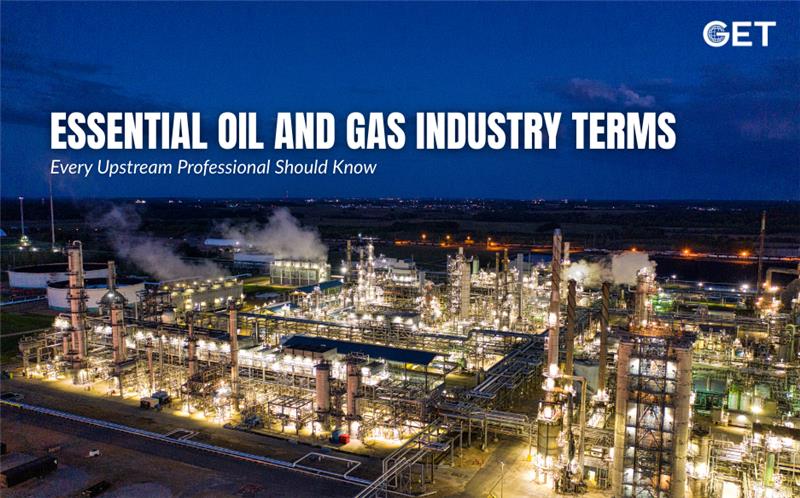
By Get global | November 27, 2025
The upstream oil and gas industry is thrilling, quick-moving, and rich with opportunities—but let’s face it, it also has a lot of technical language. If you are a newcomer to the industry, changing jobs, or just wanting to enhance your knowledge about the industry, mastering the right terms can facilitate […]

By Get global | November 24, 2025